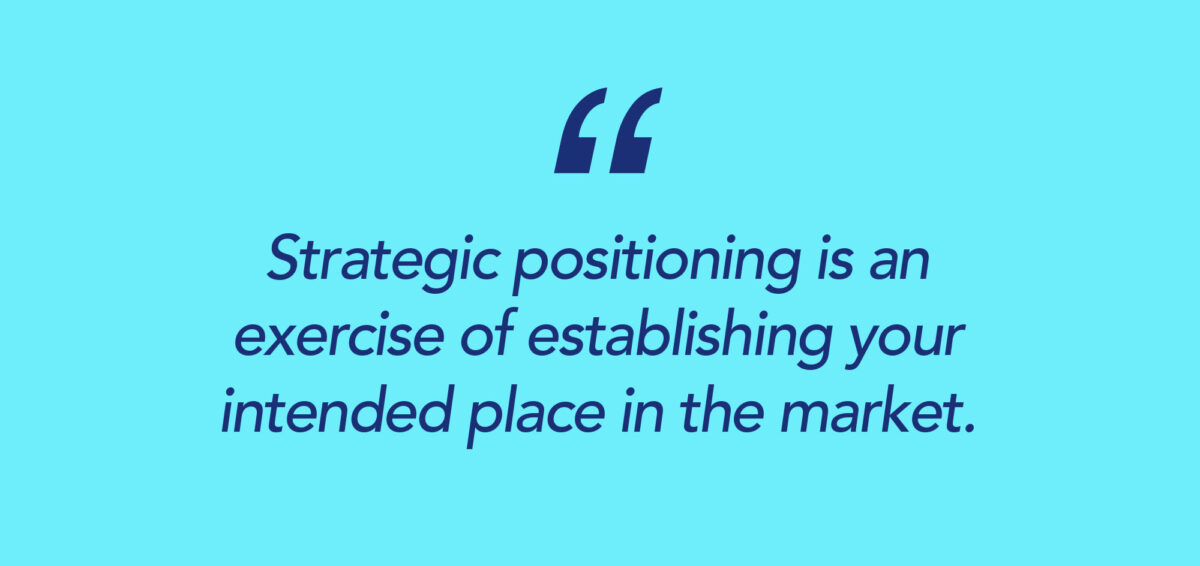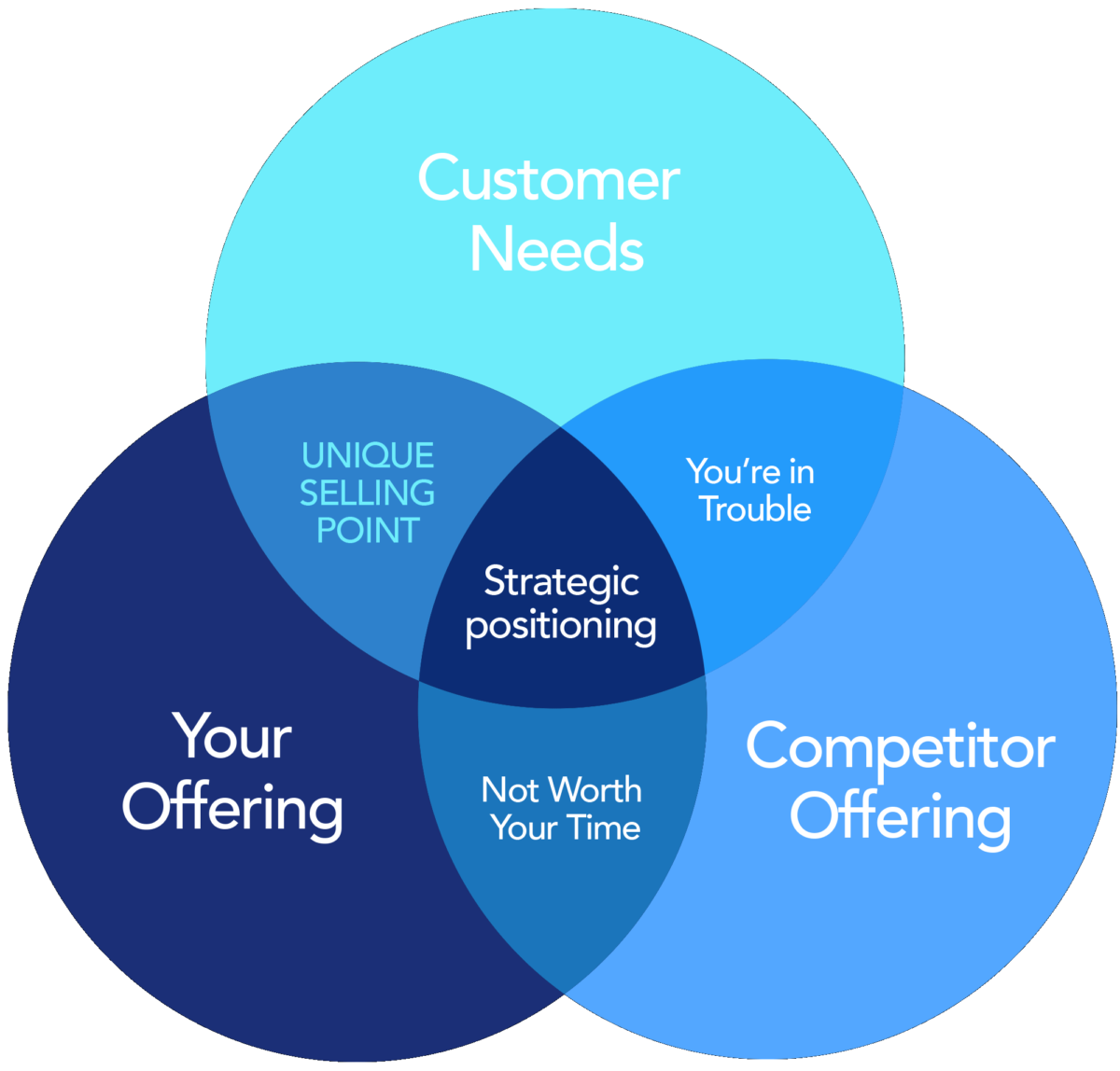Strategic Brand Positioning
6 Steps For a Successful Brand In a Changing Economy | Part 4
Creating a brand without strategic positioning is like swinging at a pinata- take a good look at the target before you pull on a blindfold, spin around a few times on the spot, and line up to take a swing, hoping you hit it. Whilst this strategy is all fun and games at a party, when it comes to your brand, hope is not a strategy. Thankfully for you, we’re here to show you how strategic brand positioning can help you to create a brand that will hit the sweet spot – pun intended.
Strategic brand positioning is an exercise of establishing your intended place in the market. Taking a customer-centric approach, positioning addresses the customer’s deliberation moment ie. the point where your customer is tossing up between you or a competitor. A successful brand positioning means that, due to your unique combination of factors that speak to their specific needs, they choose you.
Undertaking a strategic brand positioning exercise is akin to taking off the blindfold and setting up for a decent whack of the pinata. You might not crack the bounty on the first go but with good preparation and a solid strategy, you give yourself the best chance of landing well with your target market and winning a slice of the market share pie.

Here are the top 3 considerations for how you can best position your brand for success:
1. Define the frame of reference
Considering the point of deliberation like a line-up, it’s important to see what you’re up against. Now, if you haven’t read our article on competitors, then give that a skim read before going on because your frame of reference is all about looking along the line-up to see how you stack up.
Beyond your direct competitors, sometimes it can help to include some complementary brands to make sure that your brand fits with the lifestyle behaviours of your target customer profile. What other items or services are they likely to purchase from similar categories? Food and beverage products are a great example of looking at brand pairings- think of commonly grouped products such as items on a cheese platter. These brand comparisons help you to align your brand as a natural fit to go into their shopping basket along similarly positioned products.
For service industries, looking at the ‘brandscape’ of the sector – i.e. a line-up of the logo and visual brand identities- gives a broad overview of visual trends and themes. For example, the built environment sector is dominated by black and white type-based logomarks- this presents the opportunity to position in alignment with the majority using a similar design aesthetic or to differentiate perhaps with an accent colour or unique logomark to stand out amongst the crowd.
2. Tick off the points of parity
Particularly for new brands or products on the market, establishing the points of parity with existing market leaders is essential to get customers on board with the new kid on the block (that’s you!). When introducing your business, highlighting the points of parity ie. what you do just as well as your competitors, is a way to build their trust in the quality of your offering before you add the cherry on top.
3. Define your unique selling point (USP)
Once you’ve established your similarities, defining and communicating your USP is the critical part of why they choose you over a competitor. Try to avoid making this all about you and instead try to think about what unique problem you solve for the consumer. Demonstrating the unique features of your brand that no other brand can provide means that you’re distinguishing yourself from the line-up.

When creating or recreating a brand, product or service, don’t let yourself be blindfolded. Positioning yourself correctly can make the difference between a swing and miss or an explosion of confectionary- the choice is yours.
For pinata tips and/or strategic brand positioning advice, give us a call.
Brandwell – Creative Branding Agency Melbourne
Stay tuned for the next instalment in our 6 part mini-series for building a successful brand in a changing economy.
Next up in the series we’ll be talking about the importance of Brand Consistency.
Keep an eye out for our tangible tips and tricks to help you build a successful brand in a changing economy.